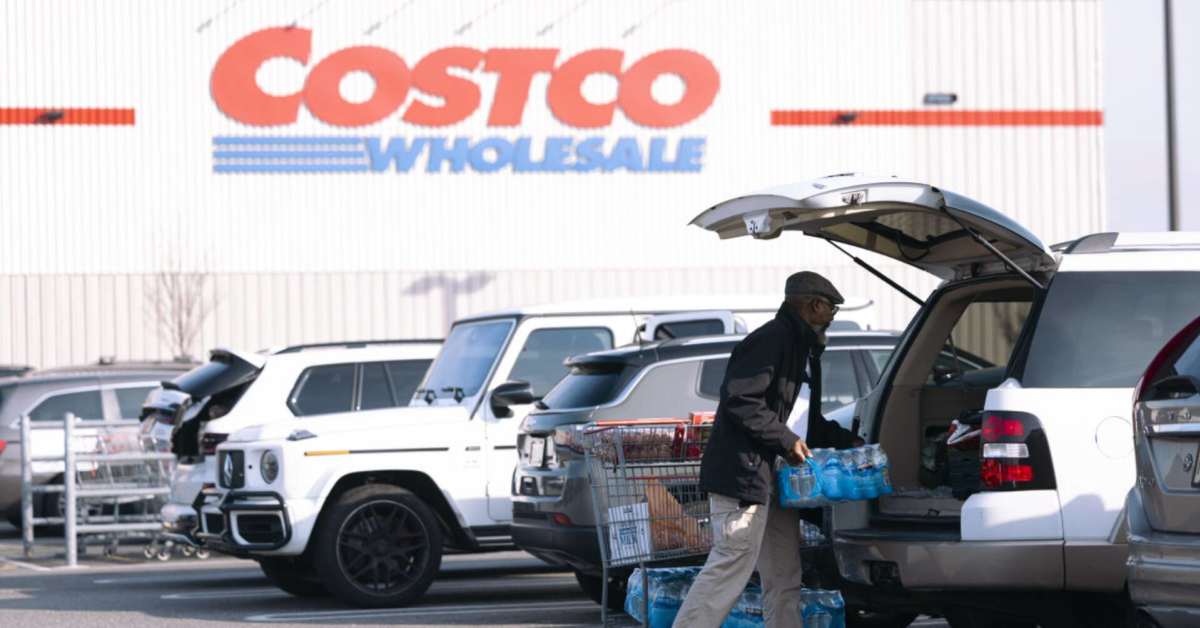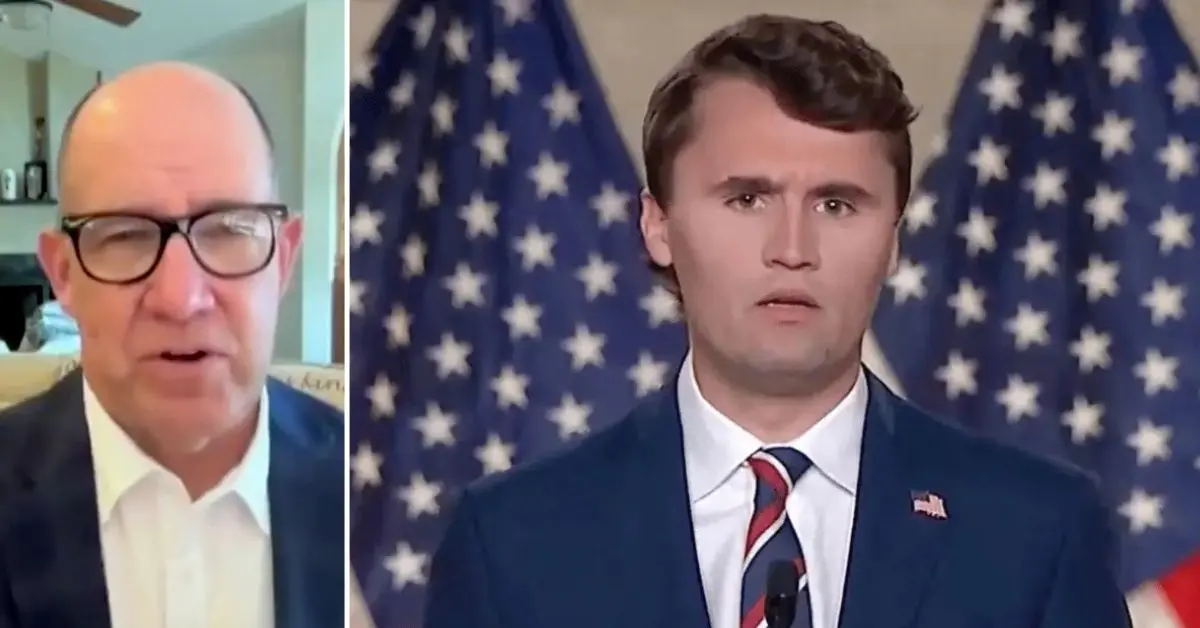
Costco (COST) , the largest warehouse club in the U.S., is seeing its membership numbers skyrocket as its products and deals continue to gain traction on social media.
During the first quarter of 2025, Costco saw its paid household membership numbers increase to 78.4 million, up 6.8% compared to the same quarter last year.
Costco’s comparable sales in the U.S. also spiked by 8.3% year-over-year during the quarter. It even outperformed its competitors by drawing in higher foot traffic in its stores.
According to recent data from Placer.ai, Costco’s foot traffic spiked by 6% year-over-year, while Sam’s Club’s only increased by 2.7% and BJ’s climbed 4%.
Despite increased sales and foot traffic, Costco Chief Financial Officer Gary Millerchip warned during an earnings call in May that members “remain very choiceful in their spending on discretionary items” amid higher costs of living and the growing threat of tariffs.
Costco appears to cut ties with a popular product line
As consumers become more careful about what they spend their money on, Costco has quietly removed Xbox consoles from its website. It now only sells Sony and Nintendo gaming devices, such as the PS5 and Nintendo Switch.
Over the past few weeks, some Costco members have taken to social media to flag that Xbox products have slowly disappeared from the warehouse club’s website and stores.
“Typically my wife and I buy Game Pass gift cards at Costco when it’s time to renew. We need to reup and to our dismay, the Costco app is showing ZERO Xbox items not consoles, not games, and no cards,” wrote one Costco member in a Reddit post.
“I just went to our store yesterday and nothing Xbox in sight,” wrote another.
While Costco hasn’t provided a reason for the recent disappearance of Xbox products, it may be due to low consumer demand.
Millerchip warned investors during an earnings call in December last year that Costco may scale back stocking up on low-performing products in stores to help mitigate the high costs associated with President Donald Trump’s tariffs.
“When it rains, it rains on everybody,” said Millerchip during the call.
Microsoft revealed in its latest earnings report that Xbox sales have been struggling. It flagged that while Xbox content and service revenue increased by 18% year-over-year, Xbox hardware revenue dropped by a whopping 22%.
During an earnings call on July 30, Microsoft Chief Financial Officer Amy Hood said that the company expects Xbox demand to shrink over the next few months.
“We expect Xbox content and services revenue to decline in the mid single digits,” said Hood.
Xbox recently announced major price changes, threatening future sales
The low demand for Xbox products comes after Microsoft hiked the prices of multiple Xbox gaming consoles in the U.S. earlier this year, shortly after Trump announced massive tariff rates on China and several other countries where Xbox devices are manufactured.
More Retail:
Temu makes bold move to slow down fleeing customers
Lululemon CEO raises red flag about customer behavior in stores
Home Depot seals billion-dollar acquisition to win back shoppers
Xbox prices went up globally for the first time this year in May, with some devices increasing by $100.
On Sept. 19, Microsoft again announced on its website that Xbox Series S and Series X consoles will increase in price in the U.S., starting Oct. 3, “due to changes in the macroeconomic environment.”
The new prices are listed below.
Xbox Series S 512: $399.99 (up from $379.99)
Xbox Series S 1TB: $449.99 (up from $429.99)
Xbox Series X Digital: $599.99 (up from $549.99)
Xbox Series X: $649.99 (up from $599.99)
Xbox Series X 2TB Galaxy Black Special Edition: $799.99 (up from $729.99)
“We understand that these changes are challenging, and they were made with careful consideration,” said Microsoft on its website.
Many consumers have been pulling back their spending as they grow concerned about tariffs raising prices for everyday goods.
According to a recent report from market research company Wunderkind, 58% of consumers “feel cautious, pessimistic, or panicked about the economy.”
These worries have caused 35% of consumers to seek more deals while shopping, 31% to purchase fewer nonessential items and 31% to shop less overall.
Consumer sentiment is also declining nationwide. According to recent data from the University of Michigan, consumer sentiment decreased by 4.8% this month, compared to August, its lowest point since May.



